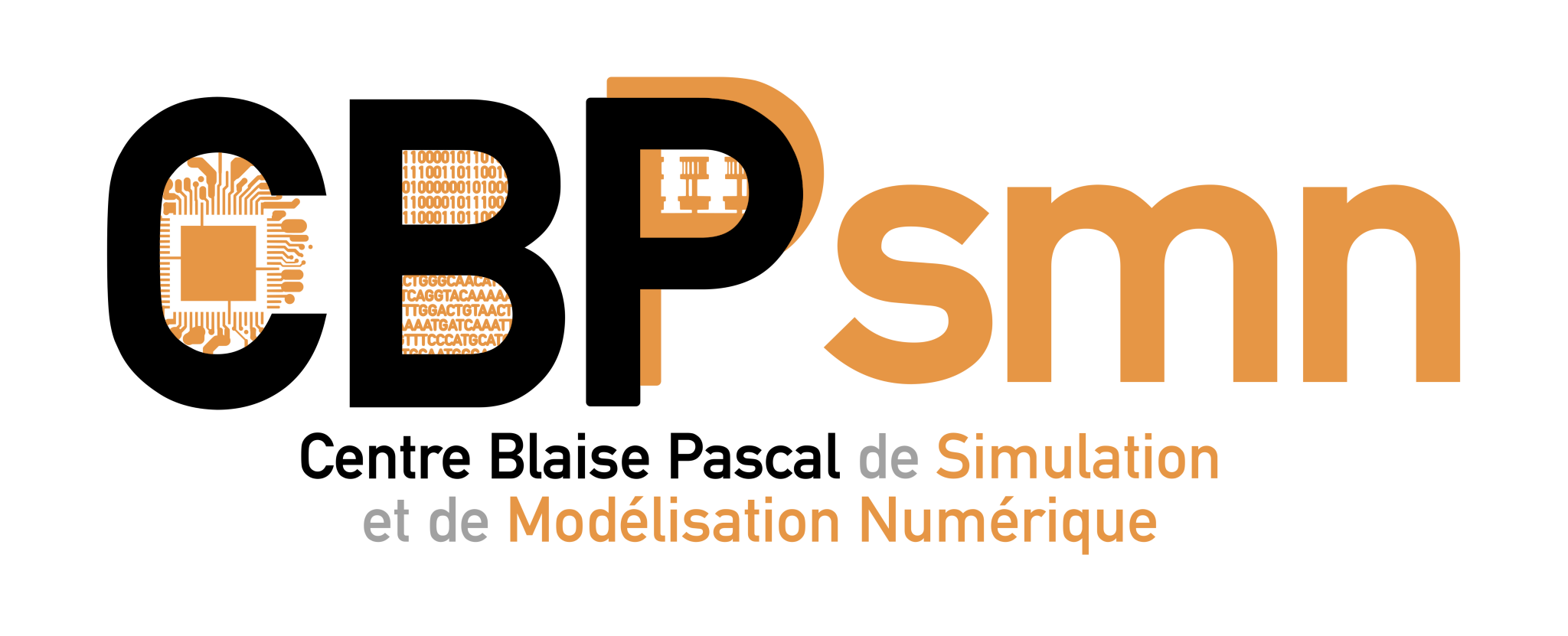Différences
Ci-dessous, les différences entre deux révisions de la page.
| Les deux révisions précédentesRévision précédenteProchaine révision | Révision précédente | ||
| documentation:tools:langages:bash [2023/01/13 08:47] – [string replace] ltaulell | documentation:tools:langages:bash [2023/01/13 08:48] (Version actuelle) – supprimée ltaulell | ||
|---|---|---|---|
| Ligne 1: | Ligne 1: | ||
| - | ====== Bash ====== | ||
| - | |||
| - | :!: le shell par défaut à la création du compte est ''/ | ||
| - | |||
| - | |||
| - | <note important> | ||
| - | |||
| - | |||
| - | |||
| - | |||
| - | ===== Exemples & Astuces ===== | ||
| - | |||
| - | |||
| - | |||
| - | |||
| - | ==== pattern matching ==== | ||
| - | |||
| - | <code bash> | ||
| - | #! /bin/bash | ||
| - | |||
| - | VARIABLE=" | ||
| - | |||
| - | # This is for regular expressions: | ||
| - | if [[ " | ||
| - | then | ||
| - | echo " | ||
| - | else | ||
| - | echo " | ||
| - | fi | ||
| - | |||
| - | # And here we have Bash Patterns: | ||
| - | if [[ " | ||
| - | then | ||
| - | echo " | ||
| - | else | ||
| - | echo " | ||
| - | fi | ||
| - | </ | ||
| - | |||
| - | <code bash> | ||
| - | #! /bin/bash | ||
| - | |||
| - | VARIABLE=" | ||
| - | |||
| - | # This is for regular expressions: | ||
| - | if [[ " | ||
| - | then | ||
| - | echo "#1 matched" | ||
| - | else | ||
| - | echo "#1 nope" | ||
| - | fi | ||
| - | |||
| - | if [[ " | ||
| - | then | ||
| - | echo "#2 matched" | ||
| - | else | ||
| - | echo "#2 nope" | ||
| - | fi | ||
| - | </ | ||
| - | |||
| - | Results: | ||
| - | #1 nope | ||
| - | #2 matched | ||
| - | |||
| - | To get #1 matching remove quotes around RegExpr or set compat31 : '' | ||
| - | |||
| - | <code bash> | ||
| - | #!/bin/sh | ||
| - | |||
| - | thisString=" | ||
| - | searchString=" | ||
| - | # if you single quote your input, you could do this | ||
| - | # searchString=$1 | ||
| - | |||
| - | case $thisString in | ||
| - | # match exact string | ||
| - | " | ||
| - | | ||
| - | # match start of string | ||
| - | " | ||
| - | |||
| - | # match end of string | ||
| - | *" | ||
| - | |||
| - | # searchString can be anywhere in thisString | ||
| - | *" | ||
| - | | ||
| - | *) echo nope ;; | ||
| - | esac | ||
| - | </ | ||
| - | |||
| - | |||
| - | ==== Tableaux associatifs ==== | ||
| - | |||
| - | On peut nommer les entrées d'un tableau (l' | ||
| - | |||
| - | * astuce : | ||
| - | |||
| - | <code bash> | ||
| - | tab[wwsi]=" | ||
| - | tab[wwoz]=" | ||
| - | tab[fip]=" | ||
| - | </ | ||
| - | |||
| - | Lister le tableau associatif : | ||
| - | |||
| - | * brute : | ||
| - | <code bash> | ||
| - | for i in " | ||
| - | </ | ||
| - | |||
| - | * astuce (boucle induite) : | ||
| - | <code bash> | ||
| - | printf " | ||
| - | </ | ||
| - | |||
| - | Simplification de code résultante : | ||
| - | |||
| - | Parcours du tableau, connaissant l' | ||
| - | |||
| - | * Avant : | ||
| - | <code bash> | ||
| - | tindex=$(for i in " | ||
| - | for ((i=0; i< | ||
| - | do | ||
| - | if [[ " | ||
| - | then | ||
| - | data=" | ||
| - | fi | ||
| - | done | ||
| - | </ | ||
| - | |||
| - | * Aprés : | ||
| - | <code bash> | ||
| - | tindex=$(printf " | ||
| - | data=" | ||
| - | </ | ||
| - | |||
| - | <note warning> | ||
